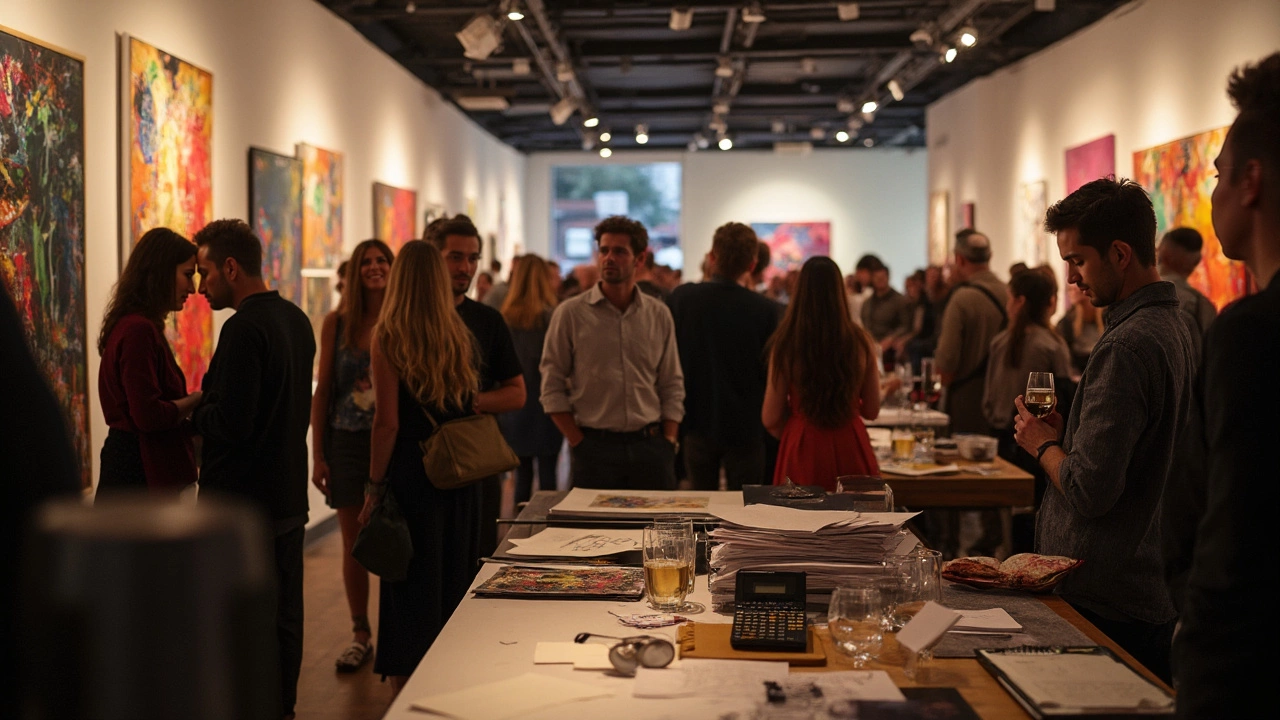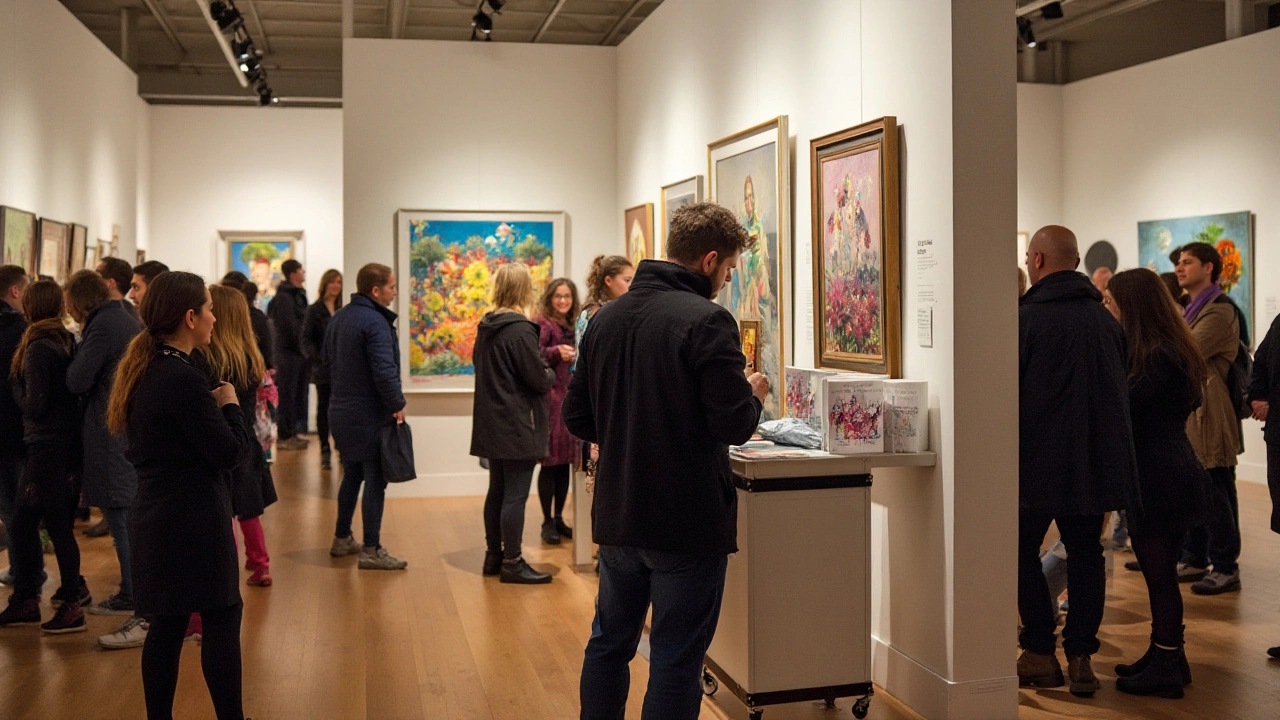Art Exhibitions: How to Find, Enjoy, and Make the Most of Shows
Ever walked past a gallery and wondered what’s inside? Art exhibitions can be a great way to spark creativity, meet artists, and see fresh ideas. The key is knowing where to look, what to expect, and how to get the most out of each visit. Below are simple steps that work whether you’re in London, Manchester, or a smaller town.
Finding the Best Exhibitions Near You
Start with local resources. Most councils have an events calendar on their website, and many libraries display posters for upcoming shows. Social media is another goldmine – follow the hashtags #ArtExhibition, #GalleryOpening, or the name of your city plus "art". Instagram feeds of local galleries often post sneak peeks a week before the opening.
Sign up for newsletters from major UK galleries like the Tate, Saatchi, or regional spaces such as the Baltic Centre. They usually send a quick email listing the next few weeks of shows. If you prefer a quick overview, there are apps that aggregate exhibitions based on your location; a quick search for “art exhibition app UK” will point you to a few reliable options.
Don’t forget the smaller venues. Pop‑up shows in cafés, community centres, or even vacant storefronts can offer fresh perspectives at a lower price. These events often rely on word‑of‑mouth, so ask friends or check community boards.
Tips for a Great Exhibition Experience
Plan your visit. Check opening hours, ticket prices, and whether the exhibition runs a guided tour or talks. Arriving early can give you quieter viewing time, especially for popular shows.
Bring a notebook or use a phone app to jot down thoughts. Write down the title, artist name, and what caught your eye. This makes the experience stick and helps you discuss the work later.
Take breaks. Large exhibitions can be overwhelming, so pause at a café or a bench to let the images settle. Fresh eyes often reveal details you missed the first time.
If the gallery offers audio guides, give them a try. They usually include background on the artist and the theme, which adds depth without needing a lot of research beforehand.
Engage with the staff. Curators love to talk about their choices, and a quick chat can provide insight you won’t find on the wall label. They may also tell you about upcoming shows that match your interests.
Finally, share what you learned. A short post on social media or a comment on the gallery’s page helps the community and lets you connect with fellow art lovers.
Renaissance Harmony Hub Agency works with artists and galleries to bring these experiences to life. Whether you’re looking for a curated tour, need help planning a group visit, or want to collaborate on a pop‑up show, we’re here to make the process smooth and enjoyable.
So the next time you hear about an art exhibition, grab a notebook, check the local listings, and step inside. You’ll walk out with fresh ideas, new connections, and a deeper appreciation for the creative world around you.

3 Jun 2025
Do artists actually make money from displaying their work at exhibitions? This article cuts through the confusion by breaking down how payments (or lack of them) work for artists. Expect real-life info on gallery deals, entry fees, and overlooked costs. We look at the different ways artists might earn, and what you need to watch out for if you’re planning to exhibit. Packed with tips you won’t find on a gallery flyer.
Continue reading...

11 Nov 2024
Art exhibits, while primarily seen as cultural and artistic endeavors, also present financial opportunities. They can generate revenue through ticket sales, merchandise, and sponsorships. High-profile exhibitions attract larger audiences, increasing potential earnings. Understanding the financial aspects of art exhibits can help organizers balance artistic vision with financial reality. Successful exhibits often combine innovative curation and effective marketing strategies.
Continue reading...

